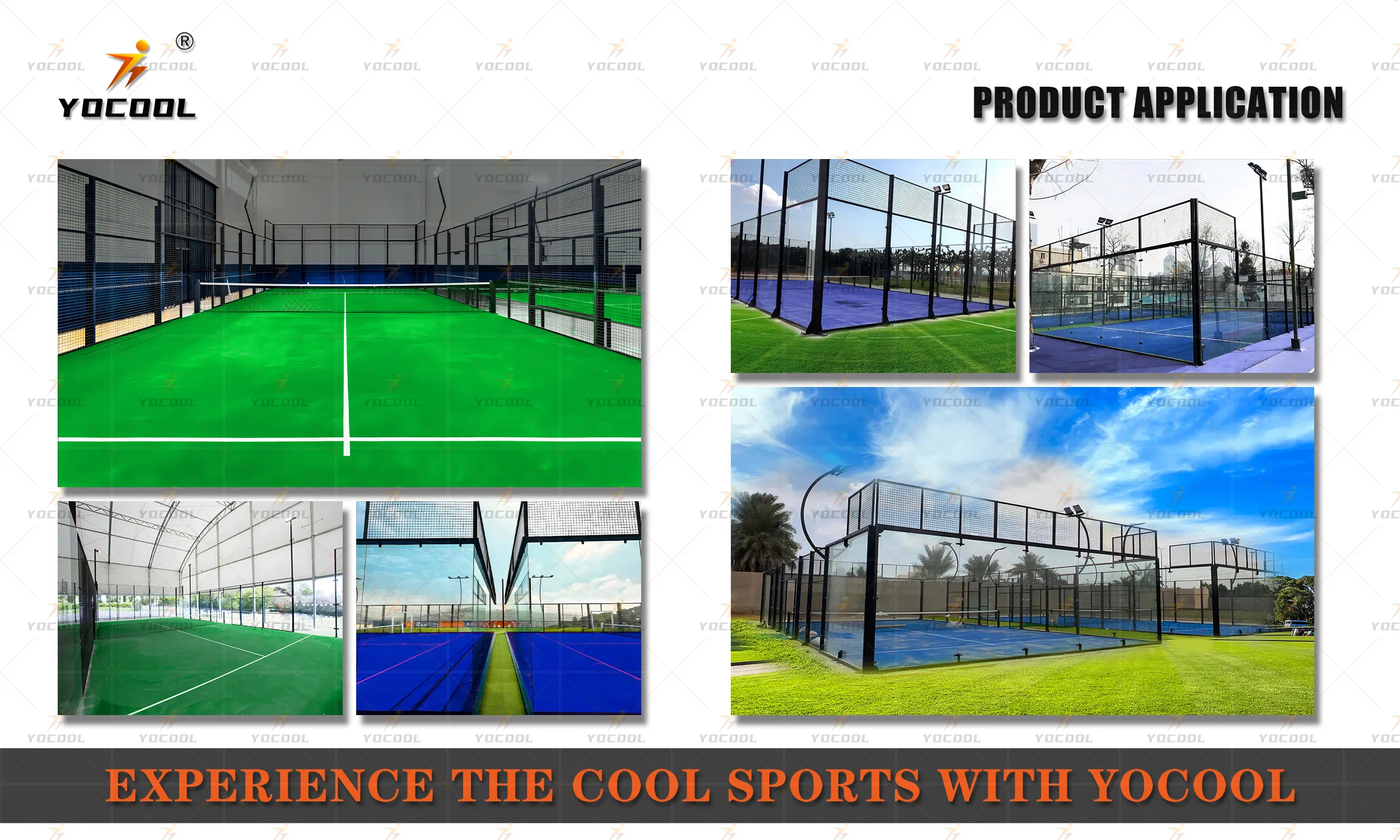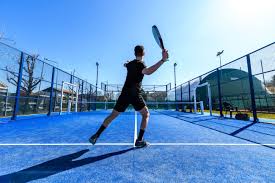In recent years, the sport of padel has gained incredible popularity across the globe, and China is no exception. As the demand for padel courts in China rises, businesses and entrepreneurs are seizing the opportunity to invest in building high-quality courts to cater to this growing interest. Building a padel court in China comes with its unique set of challenges and opportunities. This article delves into the intricacies of constructing these courts, providing expert insights that are authoritative and trustworthy for anyone considering venturing into this niche industry.

Understanding the Game of Padel
Before diving into the technicalities of building a padel court, it's essential to comprehend the fundamentals of the game itself. Padel is a racquet sport that is a hybrid of tennis and squash, typically played in doubles on an enclosed court slightly smaller than a tennis court. The game is fun, engaging, and less physically demanding than some other racquet sports, which adds to its growing popularity.
Market Demand in China
The rise in interest in padel across China has been meteoric. Cities such as Shanghai, Beijing, and Shenzhen have seen a burgeoning interest among both recreational players and serious enthusiasts. This growth can be attributed to the sport's social nature and the relative ease with which it can be picked up by players of differing skill levels. As urban areas continue to expand, there's a critical need for recreational spaces, making the installation of padel courts an attractive prospect for developers aiming to meet the demands of a modern lifestyle.

Choosing the Right Location
Strategic location is crucial when building a padel court. The selected area should be easily accessible to maximize foot traffic while also considering environmental factors such as sunlight, prevailing winds, and available space for additional facilities. Indoor courts might need additional considerations, like ceiling height and ventilation, which can significantly enhance the playing experience.
Construction Materials and Design
A padel court encompasses various materials and architectural components that ensure durability and optimal playing conditions. The base is typically made from concrete or asphalt, ensuring stability and a flat playing surface. Above this layer, high-quality artificial turf is often used to mimic a natural grass feel, providing excellent traction and shock absorption. The surrounding structure, including the glass walls and metal mesh, is constructed from tempered glass and galvanized steel to withstand heavy use and diverse weather conditions.
Expertise in design is vital to ensure compliance with international standards. Dimensions, net height, and wall angles are meticulously controlled, with recognized guidelines from the International Padel Federation (FIP) ensuring the court meets competitive and recreational needs.
china build padel court
Legal and Regulatory Considerations
Navigating the legal landscape is an important step when constructing padel courts in China. Prospective builders must familiarize themselves with local zoning laws, environmental regulations, and safety standards to avoid potential business setbacks. Securing appropriate permits and licensing is non-negotiable, and consulting with local authorities or legal professionals is advisable to streamline the process.
Adopting Sustainable Practices
In line with global efforts to promote sustainability, incorporating eco-friendly designs in padel court construction can be advantageous. Using recycled materials, implementing water-efficient turf technologies, and harnessing renewable energy for lighting systems can appeal to environmentally-conscious consumers and reduce long-term operational costs.
Developing Ancillary Services
Successful padel court enterprises often provide complementary services to enhance user experience and ensure profitability. Installing amenities such as locker rooms, cafes, and pro shops can significantly boost the appeal of the facility. Moreover, offering coaching sessions, tournaments, and events can encourage community engagement and create a vibrant sports culture.
Building Business Partnerships
Strategic partnerships play a critical role in the business model of padel courts. Collaborating with local businesses or international padel brands can provide necessary funding or enhance credibility. Additionally, aligning with professional coaches or sports academies can provide expertise that enhances the overall quality of services.
In conclusion, building a padel court in China presents a lucrative opportunity, thanks to the sport's increasing popularity. With strategic planning, attention to design and legal compliance, and a commitment to sustainability and user experience, businesses can effectively tap into this growing market. Such ventures not only promise financial returns but also contribute to a healthier, more active lifestyle in urban environments across the nation.



